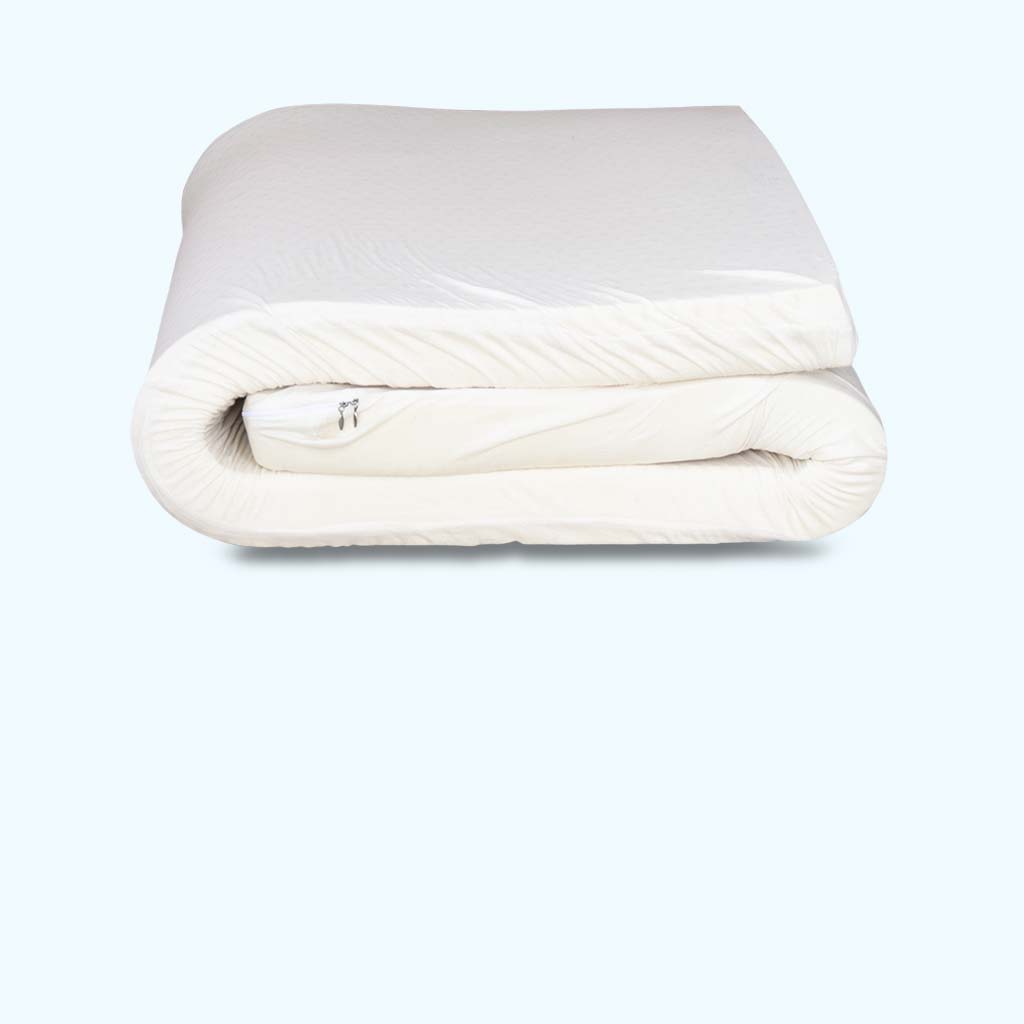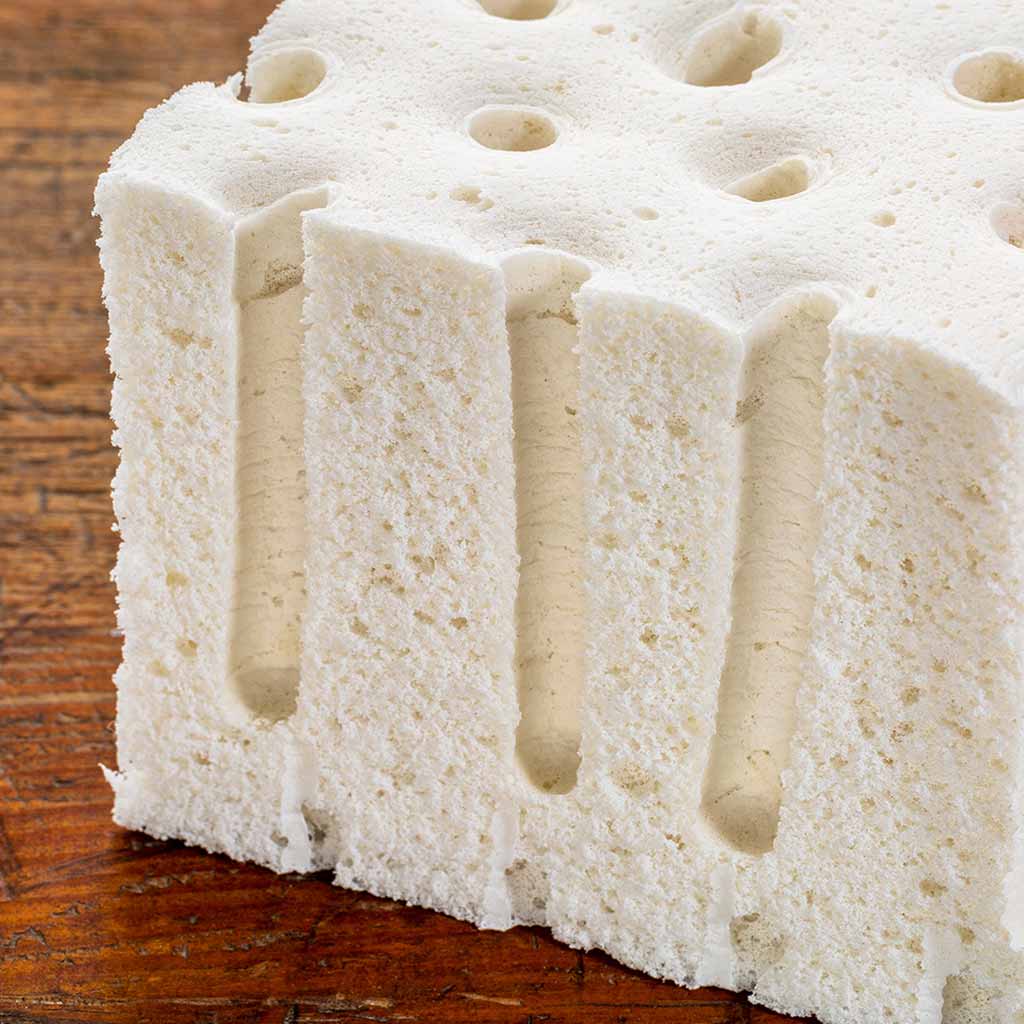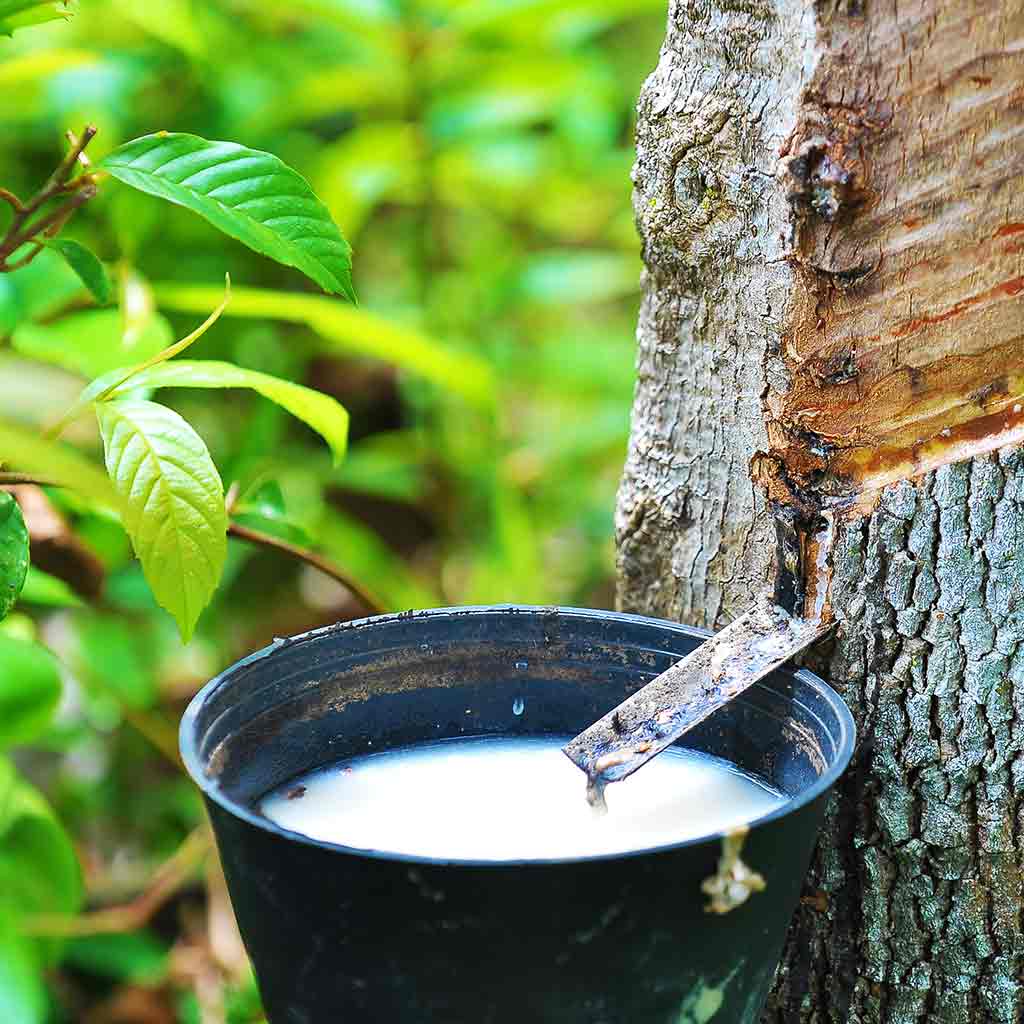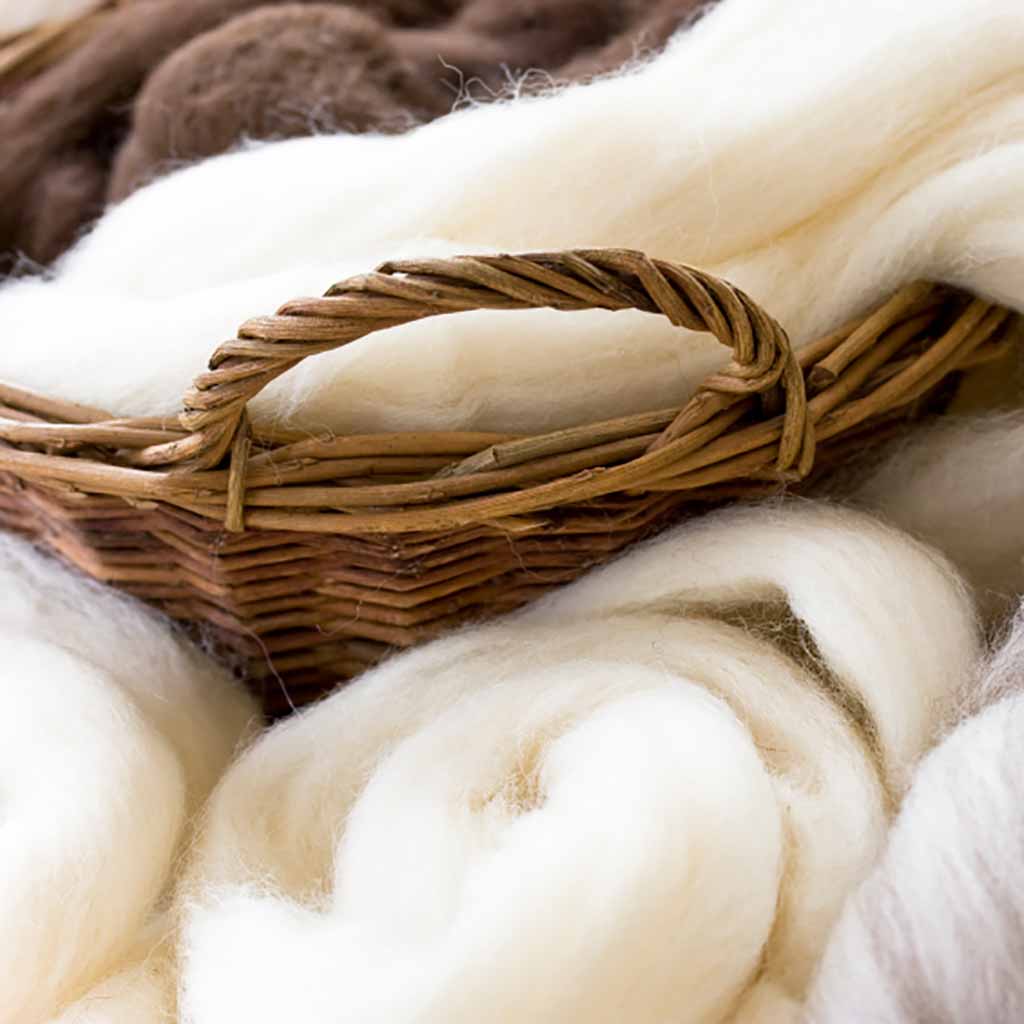When it comes to choosing the perfect mattress, most people want a comfortable, supportive mattress then good for their overall health. That’s where latex mattresses shine. Known for their naturally responsive feel, latex mattresses are becoming increasingly popular for those seeking a healthier, more sustainable sleep option. However, not all latex mattresses are created equal. Let’s break down the different types so you can find the one that’s right for you.
What Is a Latex Mattress?
A latex mattress is made using latex foam, a material either derived from rubber trees or produced synthetically. Latex foam offers a buoyant, supportive feel that contours to the body while maintaining excellent airflow and durability. It’s a great option for pressure relief, spinal support, and sustainable materials. Latex mattresses generally fall into two categories: 100% latex mattresses and hybrid latex mattresses. We will go over all the different types so you can decide on the best type of latex mattress for you.
100% Latex Mattresses
As the name suggests, 100% latex mattresses are made entirely from latex foam rubber. They’re known for being incredibly supportive and breathable, and natural or organic rubber is the only genuinely natural foam. All other natural bedding materials are fibre-based, which have their own set of pros and cons.
Organic Latex Mattresses
Organic latex is grown and processed under strict guidelines, and it is certified under the Global Organic Latex Standard (GOLS).
The main parameters for GOLS-certified latex foam are:
• must contain at least 95% certified organic raw latex material
• can not contain any amount of synthetic latex
• can not contain any added filler materials
In addition to the purity guidelines, GOLS certification has additional regulations covering VOCs, sustainability, and working conditions. GOLS is the only latex standard that covers everything, and at the time of publication, only GOLS-certified Dunlop Latex was commercially available. Why can’t I buy GOLS-certified Talalay latex? The answer to that isn’t clear.
Natural Latex Mattresses
Pure natural latex can feel identical to Organic Latex or noticeably different. The main reason for this is due to the purity of the latex, but the manufacturing process also plays a role. (Dunlop vs Talalay Latex) Realistically, natural latex almost always contains some level of filler. There are a few reasons for that. One is that it increases production efficiency. It’s extremely hard to make a pure latex product, and fillers add consistency to reduce downfall. The second reason is to lower the cost. Whatever the reason, fillers hurt performance by reducing the natural elasticity, which is the primary support and comfort mechanism of latex. This type of uncertainty is why we prefer GOLS-certified Dunlop latex. It’s the only end-to-end certification that ensures you're receiving the maximum comfort, support and durability characteristics inherent to natural rubbers.
Blended Latex Mattresses
Latex rubber can be mixed with nearly anything. Some additives are used to increase the specific performance of rubbers, while others are introduced to reduce costs. Sometimes it’s a little bit of both. For example, all the highest-performing Talalay latex products - some would argue it's the best highest-performing latex product - are a mix of natural and synthetic latex (usually around a 30–70% ratio). How is that possible? The Talalay process reduces the foam density below natural rubbers' specific density requirements for structural stability. The more uniform physical properties lower the density requirements, so you can make stronger, softer latex products. It’s also often cheaper and easier to source than natural rubber. The downside is that synthetic latex is obviously man-made and isn’t as supportive as natural latex. However, people looking for the softest latex mattress possible may actually benefit from the reduced support of blended latex products.
Hybrid Latex Mattresses
Latex hybrid mattresses combine latex with different support cores, such as springs or high-density foam. These are great for sleepers who want the benefits of latex with a more familiar feel. Some hybrids contain as little as a fraction of an inch of latex, so it’s essential to compare apples to apples in this segment, as they can have dramatically different performance profiles. We recommend a minimum of 2” in all hybrid options, and ideally more, to get more of that classic “latex” feel.
Innerspring Hybrid Latex Mattress
Entry-level hybrid spring mattresses typically have a continuous coil system and a thin layer of latex. They will almost always contain polyurethane foams and other synthetic wraps. These are what you would find at big-box retailers and national chains. Often, these are for latex hybrid for marketing purposes only.
Pocket Coil Hybrid Latex Mattress
Premium latex hybrids are almost always made with a pocket coil system. The individually wrapped coils offer a better balance of responsiveness and motion isolation than traditional coils. Pocket coils also tend to sleep cooler and have built-in features like edge support systems and integrated bases, eliminating the need for polyurethane wraps. Premium options will have at least 3” of latex, although more is better if comfort is your goal. We find that you need 4” of rubber to give the hybrid that “latex” feel.
Foam Hybrid Latex Mattress
The most common mattress-in-box hybrids combine a latex top with a polyurethane foam base. Usually made with a firmer base layer, softer transition layer, and latex comfort layer. They also often contain Memory Foam and the cheapest latex mattress, along with the continuous coil.
Futon Mattresses
The final hybrid mattress is the oft-forgotten futon mattress. Made with layers of cotton batting and latex, this more traditional option offers the firm, comfortable support of cotton with the durability of latex.
Whether you’re drawn to the all-natural appeal of organic latex or the balanced support of a latex hybrid, there’s a latex mattress out there to match your sleep styling. 100% latex mattresses offer unmatched performance, while hybrids provide a familiar blend of comfort and support at a more accessible price. Mattress shopping is especially confusing these days, and no matter which way you go, it’s best to talk to an expert to ensure you’re getting the right fit.







